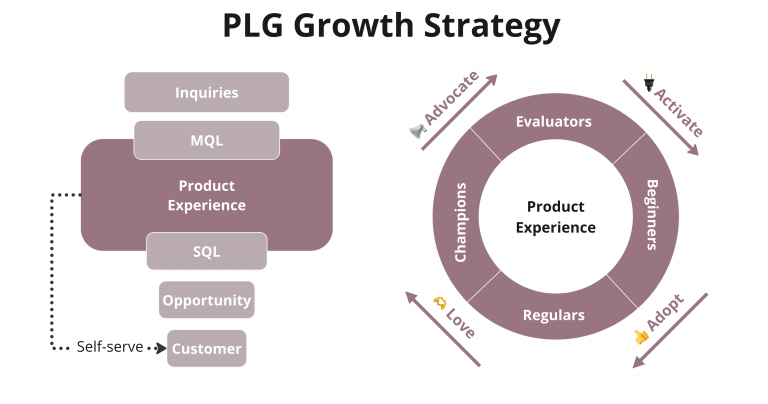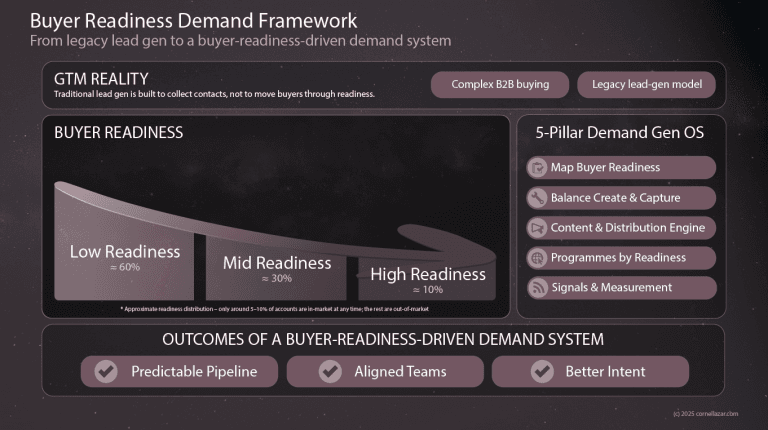This article was originally published on martechadvisor.com by Kyle Brantley.
It’s no secret that CMOs struggle to measure the impact of marketing, especially high level metrics like return on investment (ROI). In spite of the explosion of MarTech solutions (3,874 at last count) and the tectonic shift to digital that we all thought would make measurement significantly easier, it’s still hard. We have more data. We have more technology. But we don’t have any more insight into how all of the MarComm pieces roll up into real business results.
The stats demonstrating this dearth are nearly endless. Type “CMO ROI” into your browser, and you’ll find a depressing number of articles and lists detailing how dramatically CMOs are failing. 21 stats show CMOs look before they leap at ROI. 15 Mind-Blowing Stats About Marketing ROI. Ironically, it seems to be easy to prove just how poorly we’re proving everything else.
But why? With more budget, data, and tools at our disposal than ever, why is demonstrating marketing’s impact still such a challenge? I think it comes down to these five things.
1. Lack of alignment between marketing and sales
For two such intertwined business units, marketing and sales have a notoriously rocky relationship. Worst case scenario, both exist as completely separate silos with each pointing the finger at the other. This is an automatic kneecap to the CMO’s ability to measure, because he or she can only see the first half of the picture.
In a more common scenario, marketing and sales leaders are trying to work together, but still struggling to operate in lockstep. Marketing automation and CRM tools begin to connect the dots. They fail, however, to capture the interplay between marketing’s impact on awareness, trust, and confidence across paid, owned, earned, and shared channels, and sales’ ability to sell, sell more, and sell at scale. That last sentence is a mouthful, but it’s what we need to analyze, along with any other factors – whether in our control or not- that can influence the customer journey.
2. The wrong metrics
An oldie but a goodie. Many CMOs rise through the marketing ranks. They begin measuring things like followers and clicks, demographics, and reach, then graduate to share of voice, engagement, conversions, and the like. The problem is that these are marketing KPIs, not business KPIs. To accurately assess the ROI of the marketing function, leaders must measure the same indicators that their C-level peers bring to the table: profit margins, account profitability, deal value, sales velocity, acquisition cost, customer lifetime value, etc.
3. Oversimplified, unclear, or inconsistent calculations
Return on investment, while a straightforward concept, isn’t always easy to measure. Too many CMOs stop with single channel measurement of simple ROI; they may, for example, calculate the pipeline contribution from a Facebook campaign against what they paid for the Facebook ads. This approach limits the value of the metric by looking at a channel in isolation, versus the aggregated effects of a multi-channel campaign, and also fails to account for the scope that a C-level audience typically desires.
Marketing is a complex machine with variable and fixed costs far beyond ad spend. Factors such as agency costs, technology, salaries and benefits, as well as the traditional creative, content, and media expenses should be considered. The calculations aren’t necessarily simple either. CMOs may need to brush off their business school books and reacquaint themselves with formulas such as NPV (net present value) and IRR (internal rate of return) to present the most valuable quantitative results.
4. The tools don’t take us far enough
Marketers have never had more technology at their disposal. The 2011 Marketing Technology Landscape graphic showed 150 vendors; in 2016, it held 3,874 logos on one slide. These range from advertising & promotion to commerce & sales to every imaginable flavor of data management, and they all, on some level, hope to answer the very questions CMOs are charged with explaining. The only problem is, 3,724 solutions later, the insight we are left with still falls short of accurately connecting to sales performance.
The downside to this proliferation of technologies is its attendant silos. They serve us endless amounts of data, which isn’t a bad thing on its own. But in spite of integrations and APIs, very few tools legitimately work together to roll up results into the sum of their parts. Different vendors address this challenge in different ways. Some attempt a be-all, end-all approach in which “everything you need” is in one platform – except, of course, it isn’t, and no one company can provide top-level tech for every use case. Others advocate for a best-of-breed approach, in which you buy independent solutions that serve a specific need brilliantly, but leave you on your own to determine how those results correlate with each other. Ideally there would be a middle ground, feeding disparate data sources into a centralized “cruncher” with the ability to understand and correlate the results and relationships.
5. Lack of expertise
CMOs are some of the brightest leaders on the business bench. They often combine right- and left-brain thinking, bridging creativity and analysis, pragmatism and Big Ideas. But through no fault of their own, many CMOs have fallen behind. The most critical legs of their strategies – web, data, and mobile – continue to accelerate at a pace far faster than even the smartest, most dedicated human can match. Fundamentally business folks, CMOs are now expected to be technologists as well.
Organizations must understand emerging technologies in order to capture their impact, but that doesn’t mean that CMOs need to go it alone. It’s never been more important to burn down the silos. In every aspect of their job, but particularly with analytics, CMOs must reach across the aisle to finance, sales and IT in particular, in order to build the bigger picture together. The right tools can help here, too, processing data from different parts of the organization into outputs that are meaningful across the board.
The ability to accurately measure marketing’s impact on the business is the industry’s Holy Grail. It will never be as simple as a single MarTech solution, organizational realignment, more and better data (and/or data scientists), or finally deciding on the “correct” KPIs. Progress, however, is definitely possible. By bringing together the right people with the right technology, CMOs can stop failing at ROI, and start proving just how much their teams are worth.














